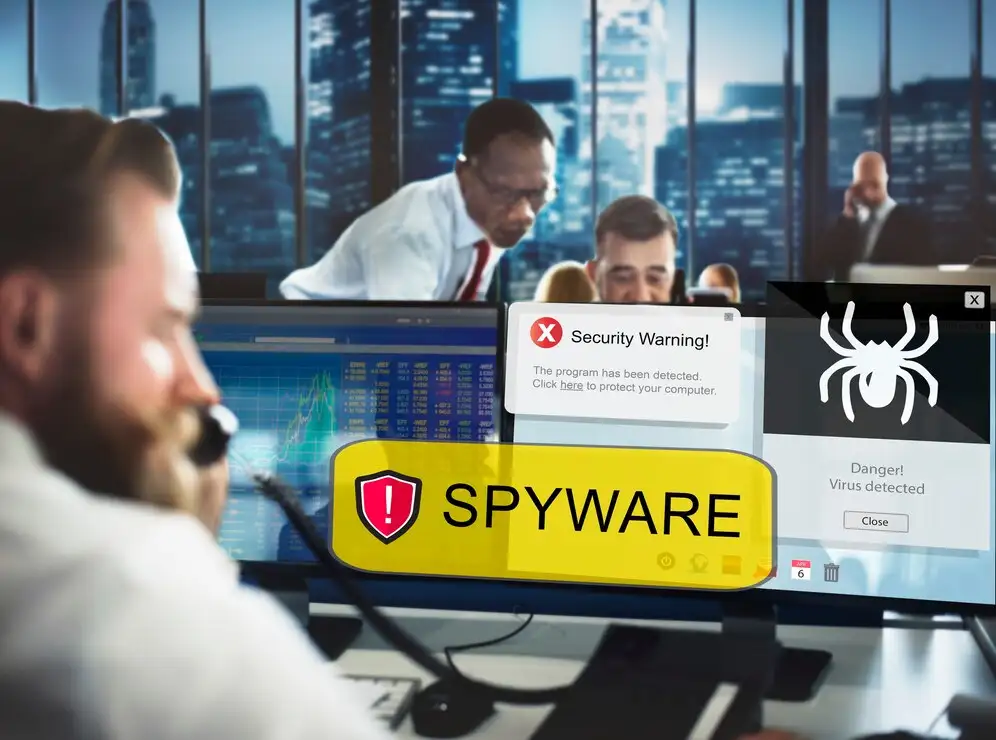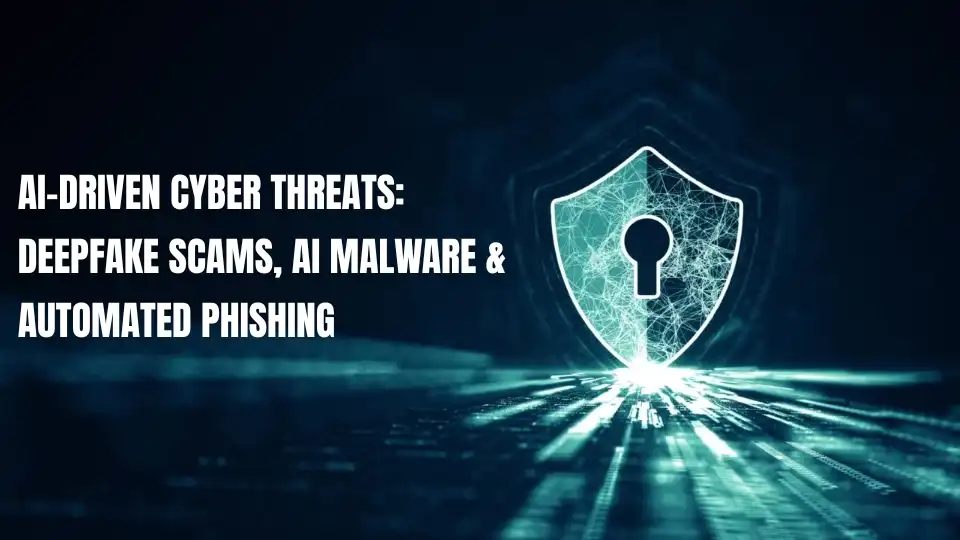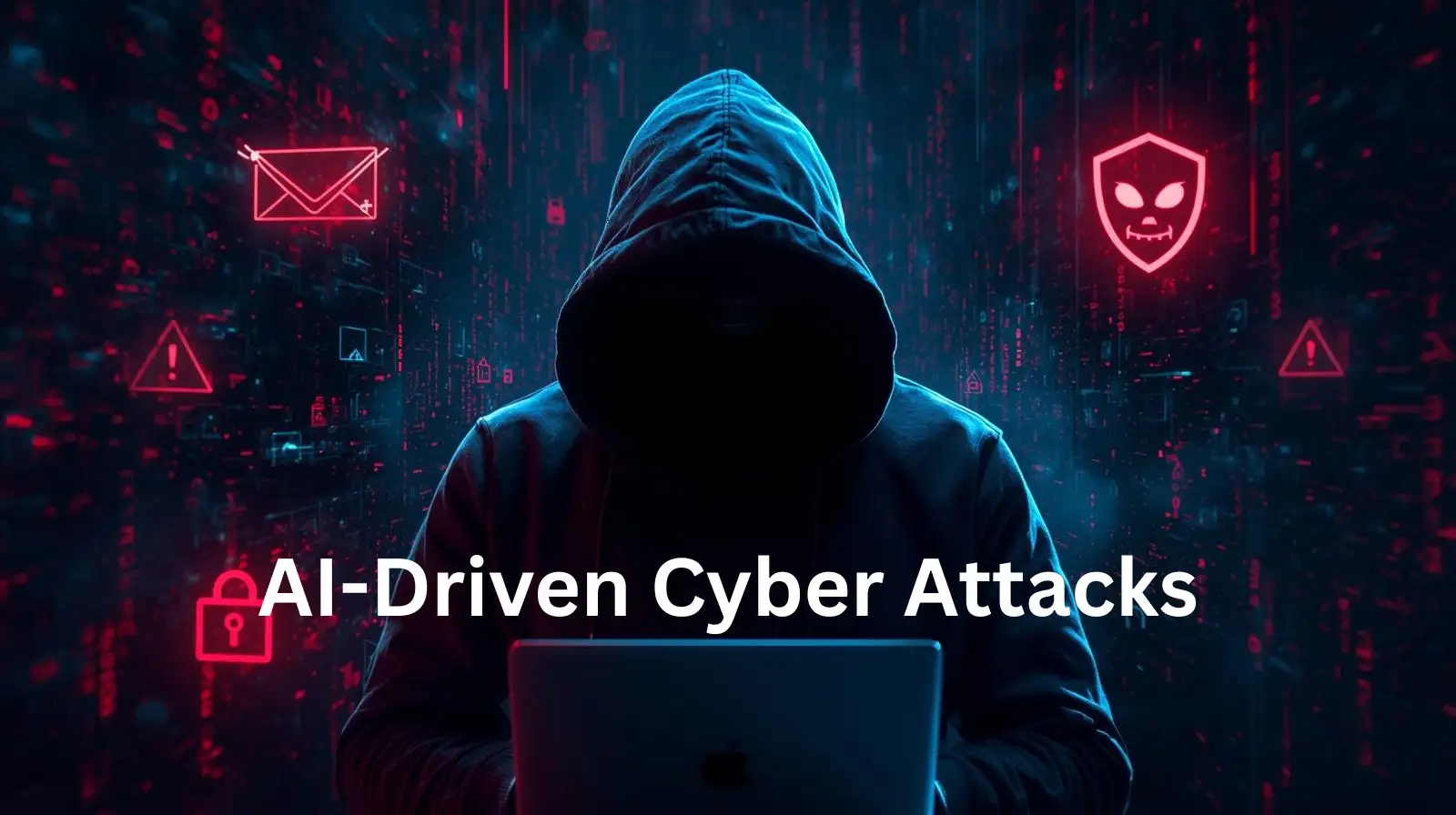
A Comprehensive Guide to Defending Against Malware: Strategies for Individuals and Businesses
Malware remains a significant threat in today’s digital era, targeting everyone from casual internet users to large-scale enterprises. These malicious programs can compromise sensitive data, disrupt operations, and cause financial losses. But the good news is that with the right strategies and tools, you can protect yourself and your business.
This guide dives into the essential steps, tools, and tips for defending against malware while providing actionable advice to fortify your digital defenses.
What is Malware, and Why Should You Care?
Malware—short for malicious software—is designed to infiltrate, damage, or exploit devices, networks, and data. Malware can strike individuals and organizations alike, with devastating consequences.
Here’s a quick breakdown of the most common types of malware and what they do:
- Viruses: Spread by infecting files, often requiring user action to propagate.
- Worms: Self-replicating programs that move autonomously across networks.
- Trojans: Malware disguised as legitimate software, tricking users into execution.
- Ransomware: Encrypts data, demanding payment for its release.
- Spyware: Silently gathers sensitive data, such as login credentials.
- Adware: Displays intrusive ads and may track your browsing behavior.
Understanding these threats is the first step toward a stronger defense.
10 Foundational Malware Defense Strategies
1. Keep Software and Systems Updated
Outdated software is a favorite target for malware. Ensure your operating systems, applications, and firmware are up to date to patch vulnerabilities that hackers exploit. Enable automatic updates wherever possible to minimize risk.
2. Invest in Robust Security Software
Use reputable antivirus and anti-malware tools with features like real-time scanning, heuristic analysis, and behavior-based detection. Regular updates ensure they remain effective against emerging threats.
3. Strengthen Network Security
- Firewalls: Act as your first line of defense by filtering harmful traffic.
- Intrusion Detection Systems (IDS): Alert you to potential threats in real-time.
- Network Segmentation: Limit an attack's scope by isolating critical systems from less secure areas.
4. Leverage Endpoint Protection
Modern Endpoint Protection Platforms (EPPs) offer advanced tools like threat hunting, sandboxing, and centralized device management, making them indispensable for businesses.
5. Practice Safe Browsing
Avoid visiting suspicious websites or downloading unknown software. Use only trusted extensions and ensure all online connections are secured with HTTPS.
6. Strengthen Email Security
Phishing emails are a top malware delivery method. Protect yourself by:
- Using email filters to block malicious messages.
- Training employees and users to recognize phishing attempts.
- Double-check attachments and links before interacting with them.
7. Apply Application Whitelisting
Restrict which programs can execute on your systems by maintaining a list of trusted applications. This prevents unauthorized software from running, reducing your risk.
8. Back Up Your Data Regularly
Regularly back up critical data to secure, offline storage. In case of a malware attack, backups can restore your operations without paying a ransom.
9. Use Sandboxing
Analyze suspicious files or applications in an isolated environment. Sandboxing ensures potential malware cannot affect your actual systems.
10. Enable Multi-Factor Authentication (MFA)
MFA adds an extra layer of security, even if malware captures login credentials. Require MFA for access to sensitive accounts, emails, and networks.
Advanced Malware Defense for Businesses
For organizations handling sensitive data or operating on a large scale, consider these advanced tactics:
1. Integrate Threat Intelligence
Stay updated on the latest malware trends using real-time threat intelligence feeds. This proactive measure helps security teams adjust defenses promptly.
2. Implement Behavioral Analysis
Behavior-based tools detect unusual activities like unauthorized data access or file changes, flagging potential malware even when it has no known signature.
3. Adopt Endpoint Detection and Response (EDR)
EDR solutions provide visibility into endpoint activities, allowing you to detect, analyze, and mitigate malware infections quickly.
4. Enforce the Principle of Least Privilege (PoLP)
Restrict user access to only what’s necessary for their roles. Limiting privileges minimizes the impact of malware infections.
Learning from Historical Malware Attacks
History provides valuable lessons for today’s cybersecurity efforts.
- WannaCry (2017): A ransomware attack exploiting unpatched Windows systems, impacting over 200,000 organizations globally. Lesson: Regular patching and backups are critical.
- NotPetya (2017): Designed for sabotage, this attack paralyzed infrastructure worldwide. Lesson: Network segmentation can prevent widespread damage.
- Emotet (2014-2021): Evolved from a banking Trojan to a sophisticated malware delivery platform. Lesson: Email security and layered defenses are essential.
- Stuxnet (2010): A cyber weapon targeting Iran’s nuclear program. Lesson: Critical infrastructure must have heightened protection.
Practical Tips for Everyday Users
1. Think Before Clicking
Hover over links to verify their destination, and never download attachments from unknown senders.
2. Use Strong, Unique Passwords
Avoid reusing passwords. Instead, create strong ones and store them securely using a password manager.
3. Enable Automatic Updates
Let your devices handle updates automatically to stay protected without extra effort.
4. Secure All Devices
Install security software on smartphones, tablets, and IoT devices, not just computers.
5. Educate Yourself and Others
Cybersecurity awareness is everyone’s responsibility. Stay informed and share knowledge with those around you.
Conclusion
Malware remains a persistent threat, but with a proactive approach, you can significantly reduce your risk. Whether you're an individual protecting personal devices or a business safeguarding critical operations, a combination of strong defenses, safe practices, and continuous vigilance is key.
By understanding malware's nature, implementing robust security strategies, and learning from past attacks, you’ll be better prepared to navigate today’s digital challenges confidently.





